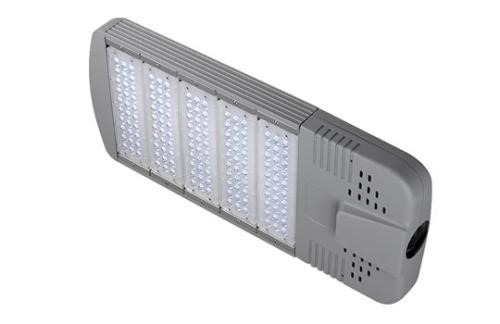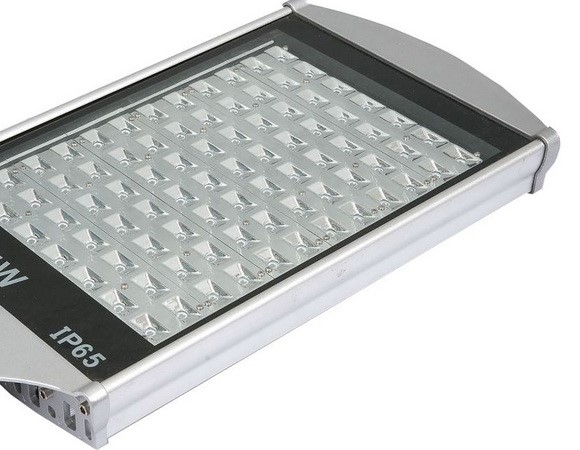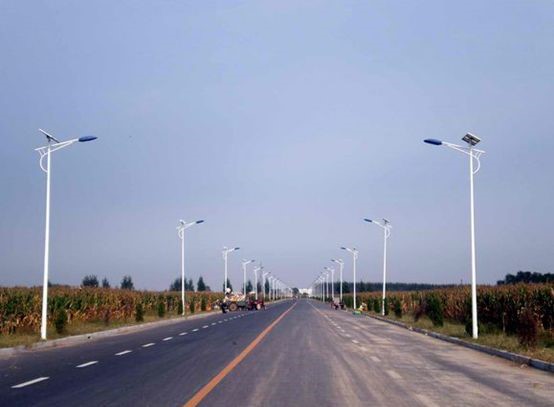Requirements and methods of lightning surge test
2021-10-25(996)Views
1 Signal (communication) interface surge test 1.1 Test purpose and index requirements Test purpose is to investigate the damage of the tested interface and the degradation of equipment performance after the subscriber line interface of the equipment is subjected to surge voltage during actual use. Indicator requirements: The surge test of the telephone port is divided into two types: type A and type B
1 signal (communication) interface surge test
1.1 Test purpose and index requirements Test purpose
Inspect the degree of damage to the tested interface and degradation of equipment performance after the subscriber line interface is impacted by surge voltage during actual use of the equipment. Indicator requirements: The surge test on the telephone port is divided into two types: Type A and Type B.
(1) Type A (Class A)
A) Waveform. Differential mode interference: voltage wave: 10/560, current wave: 10/560. Common mode interference: voltage wave: 10/160, current wave: 10/160.
B) Test level: Differential mode: 800V low voltage and 100A low current. Common mode: 1500V low voltage, 200A low current
C) Test port: differential mode: tip——ring; tip-1——ring-1; for single communication 4-wire cable, tip——ring-1,ring——
Tip-1. Common mode: tip-ring and tip-1-ring-1 to ground, or to other cables connected to uncertified devices (twisted together).
D) Test status: All the conditions of the equipment that may affect the requirements of this standard must be tested. If the device status cannot be obtained through normal power-on, manual intervention is required; ports without surges (including telephone ports, auxiliary ports, and ports connected to uncertified devices) must be terminated in an appropriate manner and in normal use Status; if the primary power supply of the device allows plugging and unplugging, the device with power cord and disconnected power cord must be tested.
e) The criterion allows an open circuit or a short circuit to the ground in the circuit that plays a safety role, but in this failure mode, it is ensured that the user cannot use the device, or the device has an obvious failure indication (such as an alarm), and it needs to be immediately connected to the network Disconnected or need repair. After repairing the safety circuit, the performance and function of the equipment returned to normal.
(2) Type B (class B)
A) Waveform. Differential mode: voltage wave: 9/720, current wave: 5/320. Common mode: voltage wave: 9/720, current wave: 5/320.
B) Test level: Differential mode: 1000V low voltage, 25A low current. Common mode: 1500V low voltage, 37.5A low current
C) Test port: differential mode: tip——ring; tip-1——ring-1; for single communication 4-wire cable, tip——ring-1,ring——
Tip-1. Common mode: tip-ring and tip-1-ring-1 to ground, or to other cables connected to uncertified devices (twisted together).
D) Test status: All the conditions of the equipment that may affect the requirements of this standard must be tested. If the device status cannot be obtained through normal power-on, manual intervention is required; ports without surges (including telephone ports, auxiliary ports, and ports connected to uncertified devices) must be terminated in an appropriate manner and in normal use Status; if the primary power supply of the device allows plugging and unplugging, the device with power cord and disconnected power cord must be tested.
E) The criterion equipment must be able to withstand the surge energy of Type B, and cannot cause the interface circuit to open or short circuit, and cannot cause damage to the equipment that affects the requirements of the standard. Type A: Open circuits or short circuits to ground are allowed for safety circuits, but in this failure mode, ensure that the user cannot use the device or the device has an obvious failure indication (such as an alarm). In this case, The user needs to immediately disconnect the device from the network for repair. After repairing the protective circuit, the performance and function of the equipment returned to normal. Type B: The certified terminal equipment and protection circuit must be able to withstand the surge energy of Type B, cannot cause an open circuit or short circuit of the interface circuit, and cannot cause damage to the equipment that affects the requirements of this standard.
1.2 Test procedure
(1) Carry out 2-7 steps of test in the following three states respectively.
A. Power on the device under test, make the analog port in the interface on-hook state, and the other ports in the normal use state.
B. Power on the device under test, make the analog port in the interface off-hook state, and the other ports are in normal use state.
C. The device is in a power-off state.
(2) Type B differential mode interference is applied.
A) Differential mode waveform: voltage wave: 9/720, current wave: 5/320.
B) Test level: 1000V low voltage, 25A low current.
(3) Type B common mode interference is applied. Common mode waveform: voltage wave: 9/720, current wave: 5/320. Test level: low 1500V, low current 37.5A
(4) Check whether the equipment is working normally.
(5) Type A differential mode interference is applied.
A) Differential mode waveform: voltage wave: 10/560, current wave: 10/560.
B) Test level: 800V low voltage and 100A low current.
(6) Type A common mode interference is applied.
A) Differential mode waveform: voltage wave: 10/160, current wave: 10/160.
B) Test level: low voltage 1500V, low current 200A.
(7) Check the equipment status.
1.3 Test precautions
(1) The off-hook state, on-hook state, and other states of the device must be tested. If the power supply allows plugging and unplugging, both power-off and power-off states must be tested.
(2) One waveform for each positive and negative surge is applied.
2 Power port surge test
2.1 Test purpose and index requirements Test purpose
Inspect the damage of the tested interface and the degradation of equipment performance after the power cord interface is impacted by surge voltage during actual use of the equipment.
Indicator requirements:
A) Waveform: Open circuit voltage: 2/10 Short circuit current 2/10
B) Test level: voltage at least 2500V, current at least 1000A
C) Test port: phase-neutral (differential mode).
D) Test status: All the conditions of the equipment that may affect the requirements of the standard must be tested. Ports that are not subject to surge (including telephone ports, auxiliary ports, and ports connected to uncertified devices) should be terminated in an appropriate manner and placed in normal use;
E) The equipment and protection circuit certified by the criterion must meet the requirements of this standard before and after the surge is applied to the power line, and the equipment under test cannot be partially or completely damaged due to the surge. Before and after the surge is applied to the power line, the equipment can meet the requirements of this standard, and part of the equipment under test cannot be caused by the surge.
or all damaged.
2.2 Test procedure
(1) Power on the device under test, make the analog port in the interface on-hook state, and the other ports in the normal use state.
(2) Impose differential mode surge interference to the AC power port, with 3 positive and negative surge waveforms. The voltage is set to 2500V and the current is 1000A.
(3) Make the analog port in the interface off-hook state, and the other ports are in normal use state. Repeat step 2.
2.3 Test precautions
(1) The test only tests the phase line and neutral line of the AC power port of the device under test.
(2) It is required to apply 3 positive and negative surge waveforms.
Latest News
-

In October 2017, a street lamp factory in Zhejiang Province product surge and li
Improved surge protection for street lamp products. Project ...
-

Surge lightning protection improvement for street lamp products of a lamp factor
The customer requires the installation of a surge protection...
-

Harbin Port Lighting Project in June 2017
Surge protection devices are installed for lighting street l...
-

Street lighting project in a county in Maoming in July 2017
This project is the roadbed lighting construction of a new d...
0755-89587560
Phone:135 5493 7178
Telephone:0755-89587560
FAX:0755-28504421
E-mail:[email protected]
Address:Tongyi Industrial Park,No.351,Jihua Road,Longgang District,Shenzhen





 0755-89587560
0755-89587560